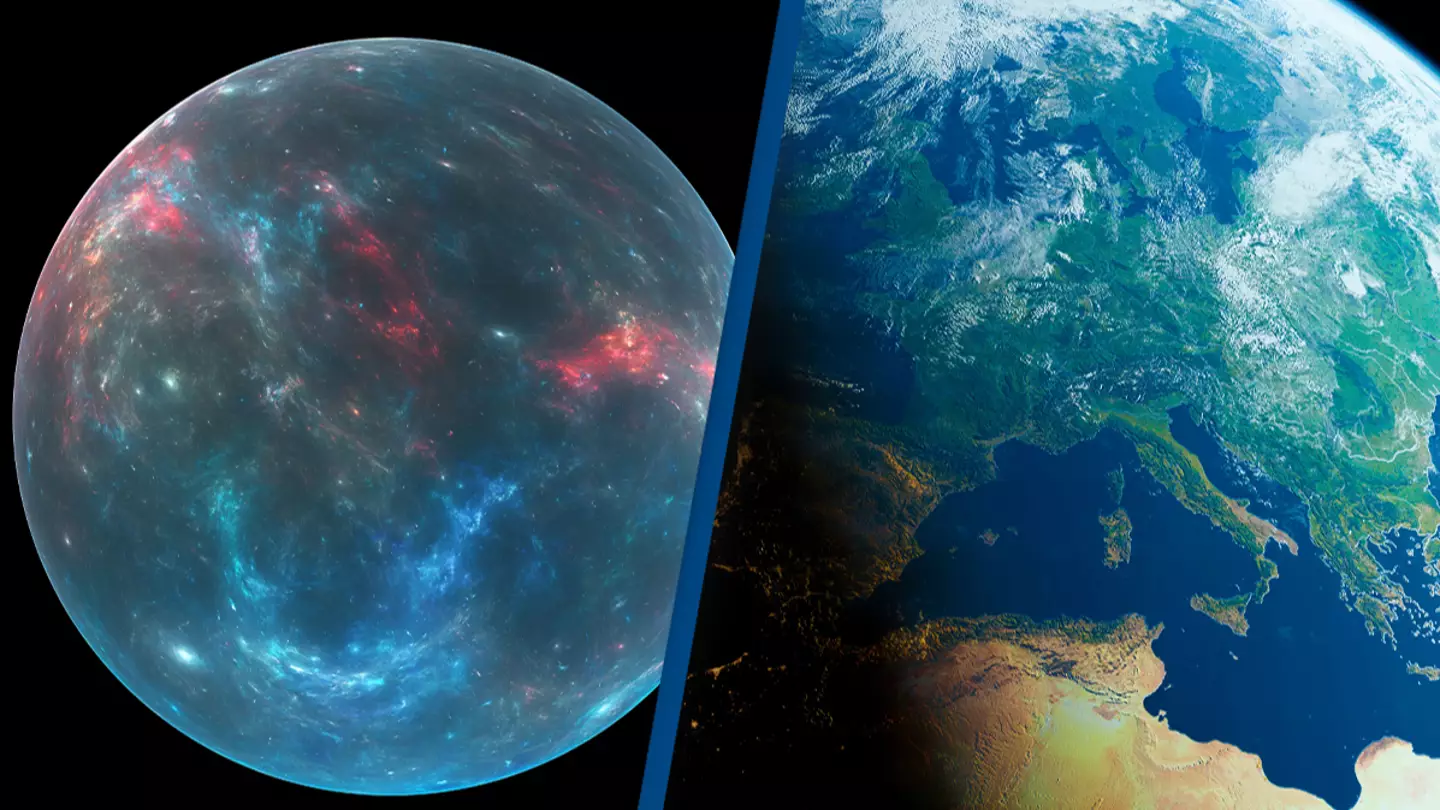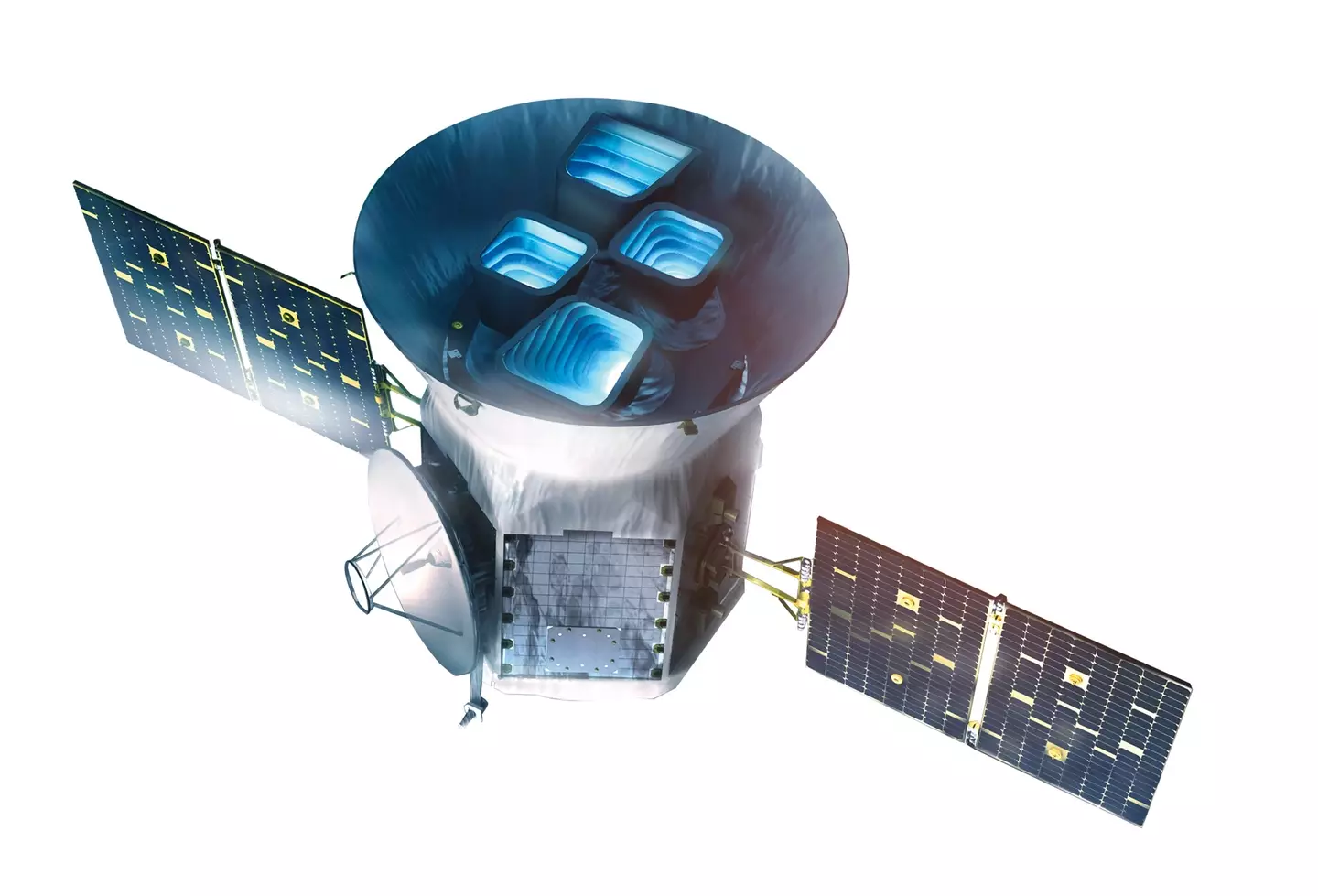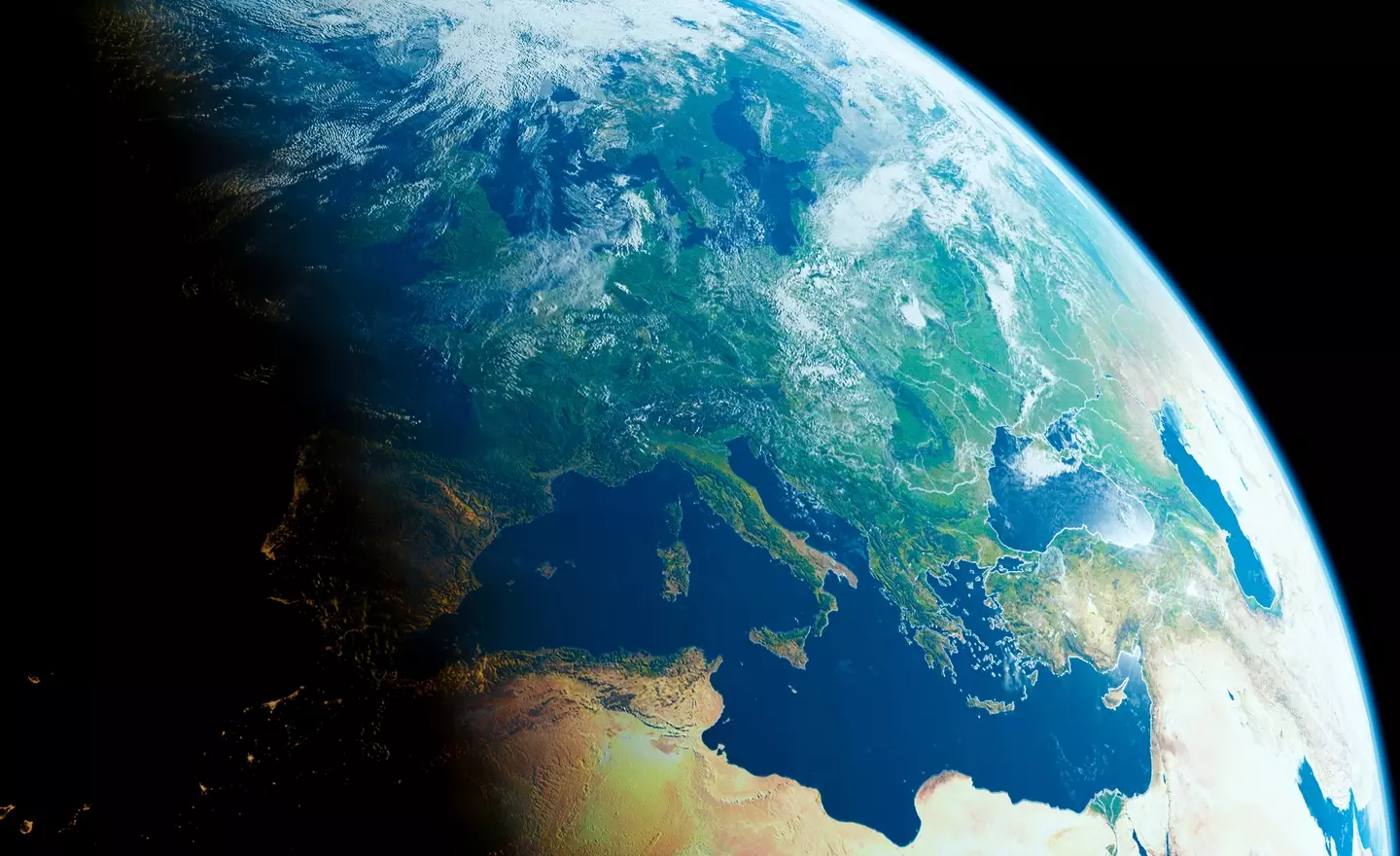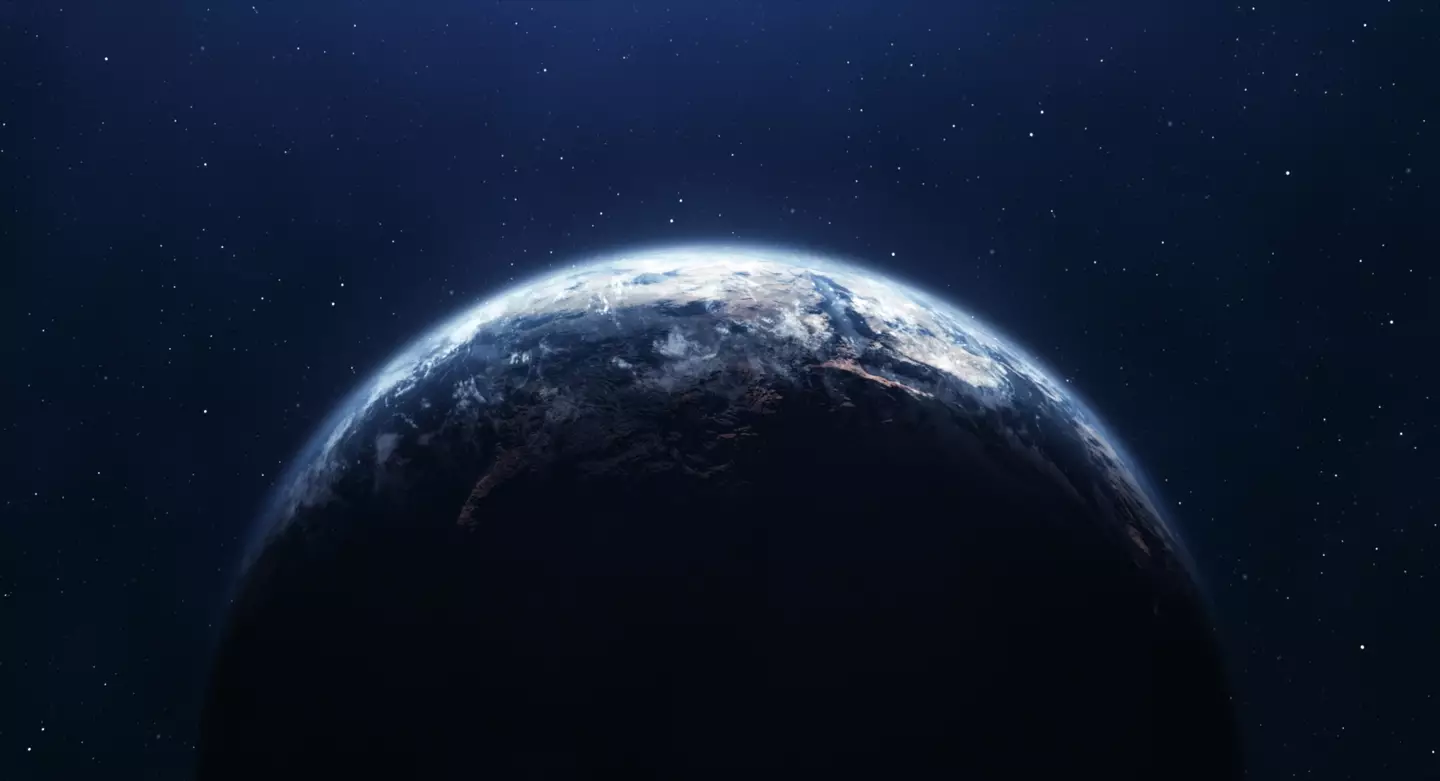
Scientists using data from NASA satellites have discovered a new planet which could support humans - as long as we're able to get there.
The discovery of the planet, which has been described as 'the closest Earth-sized and temperature planet we know', has been made by scientists from the University of Warwick, UK, along with researchers from NASA and the European Space Agency (ESA).

Dubbed 'Gliese 12 b', the planet orbits its own version of the sun, a cool red dwarf called Gliese 12, every 12.8 days, making for some pretty short years.
Advert
But while any inhabitants might have to cool it a bit on the New Year's Eve celebrations, scientists have noted that the planet is a similar size to Earth, and is 'one of the few known rocky planets where humans could theoretically survive'.
Warwick astrophysicist Dr. Thomas Wilson, who was involved in the discovery, expressed the significance of the find in a press release.
He commented: “This is a really exciting discovery and will help our research into planets similar to Earth across our Galaxy.
“Thrillingly, this planet is the closest Earth-sized and temperature planet we know. The light we are seeing now is from 1984 (40 years ago) – that’s how long it has taken to reach us here on Earth."
Advert

Wilson continued: “Planets like Gliese 12 b are very few and far between, so for us to be able to examine one this closely and learn about its atmosphere and temperature is very rare.”
The planet has an estimated surface temperature of around 42 degrees Celsius, so it might not be the best place for those people who prefer the cold.
But if we've had to leave Earth behind to move to a new planet, I'd guess the state of our own planet wouldn't be too pleasant, either.
Advert
The only issue is, Gliese 12 b is located in the constellation Pisces, a good 40 light years away - a trip that would require a bit more than a few snacks and a good playlist.
Scientists haven't yet been able to determine what the atmosphere of Gliese 12 b looks like; one important factor in retaining an atmosphere is the storminess of its star.

Red dwarfs tend to be magnetically active, resulting in frequent and powerful X-ray flares, but analysis by scientists has so far indicated that Gliese 12 shows no signs of extreme behavior.
Advert
Larissa Palethorpe, co-lead of the study and doctoral student at the University of Edinburgh and University College London, said the discovery marked a 'unique candidate for further atmospheric study that may help unlock some aspects of our own solar system’s evolution'.
She added: “Earth remains habitable, but Venus does not due to its complete loss of water. Gliese 12 b’s atmosphere could teach us a lot about the habitability pathways planets take as they develop.”
Topics: NASA, Science, Space, Technology